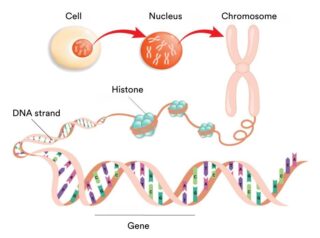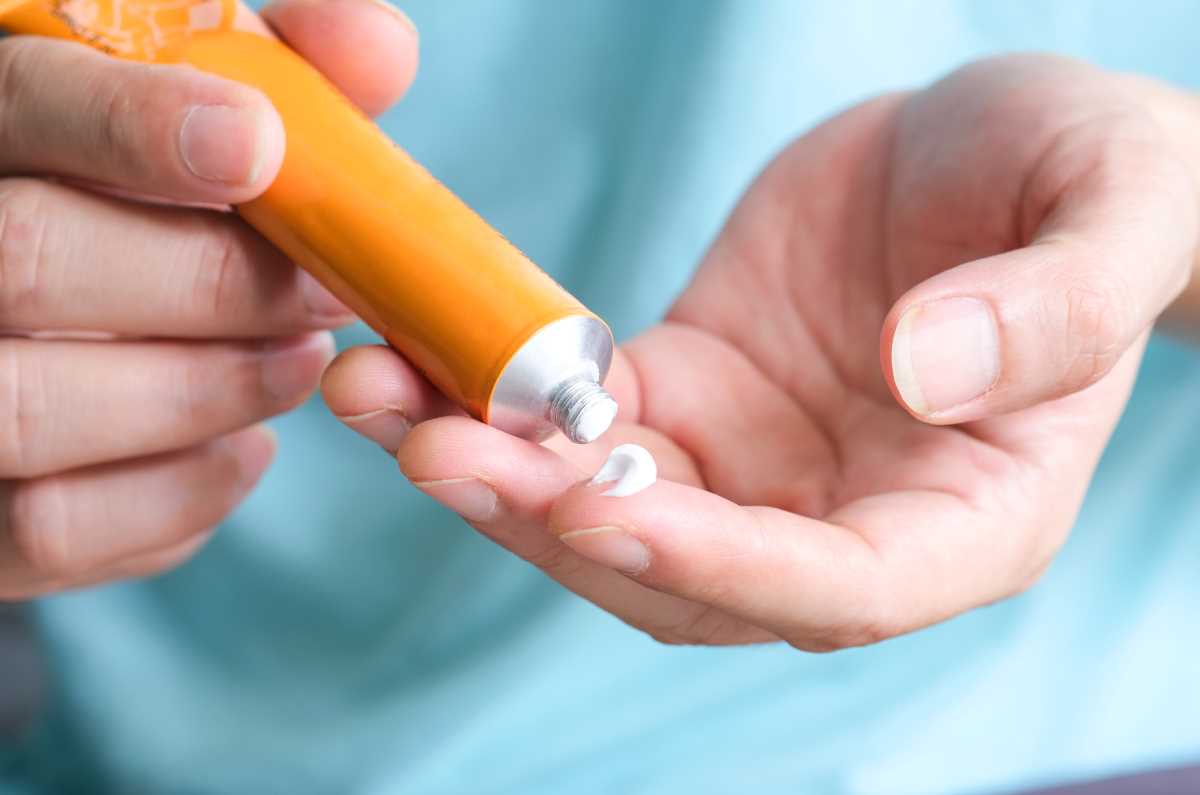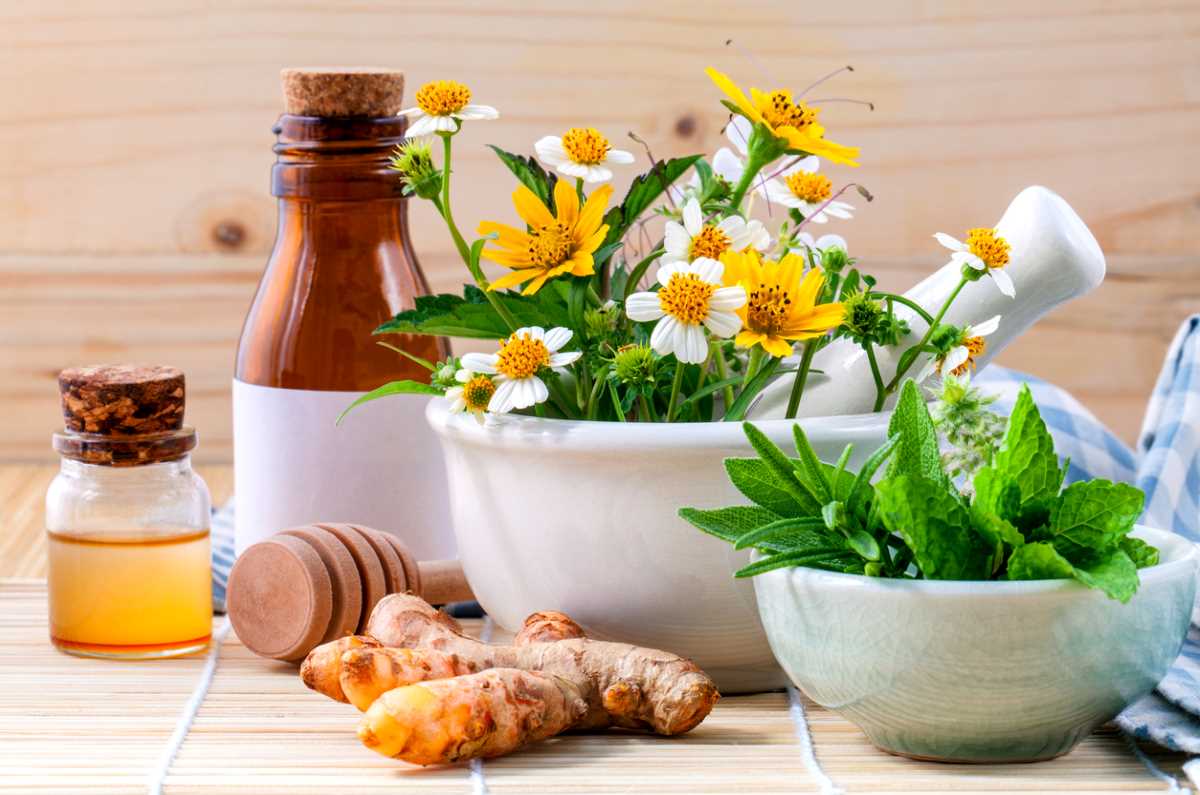Self-care is a trending concept at the moment with many different definitions and uses.
You often see social media posts promoting self-care with pictures of day spas, yoga retreats and people exercising on the beach at sunset. All wonderful things, but when you live with a chronic condition, pain and sometimes-crippling exhaustion, life’s not always that glamorous!
So what is self-care?
The World Health Organisation defines self-care as “the ability of individuals, families and communities to promote health, prevent disease, maintain health, and cope with illness and disability with or without the support of a health worker”.(1)
That’s a pretty dry definition, so for the everyday person with a musculoskeletal condition, we describe self-care as the things you consciously and deliberately do to take care of your physical, mental and emotional health and wellbeing.
It includes everything from exercising regularly and staying active, eating a healthy diet, getting a good night’s sleep, caring for your mental health, managing pain and fatigue, seeing your healthcare team regularly, learning about your musculoskeletal condition, and staying connected with family and friends. It also involves good hygiene, avoiding risky behaviours and actions, and using medicines and treatments appropriately.
The International Self-Care Foundation (ISF) has developed seven pillars of self-care. They aim to help people understand the breadth and importance of self-care, and provide information about the steps you can take to care for yourself better.
Let’s explore them.
Pillar 1. Knowledge and health literacy
Knowledge, as the saying goes, is power – so understanding your body, how it works, how it’s affected by your musculoskeletal condition/s, as well as any other health conditions you have – gives you the ability to make informed decisions about your healthcare.
Health literacy refers to how we “understand information about health and health care, and how we apply that information to our lives, use it to make decisions and act on it”.(2)
Together, health literacy and knowledge give you the tools you need to actively manage your healthcare. By understanding your body and health, you can discuss your options with your health professionals, critically evaluate information from various sources, adjust your lifestyle and behaviours, understand risk factors, and the appropriate use of treatments and tests.
In fact, research shows that people who have high levels of knowledge and health literacy have much better health outcomes.
If you want to know more about your health and musculoskeletal condition/s, or you need help to improve your health literacy, there are many people who can help you.
Talk with your doctor and other members of your healthcare team. Contact the MSK Help Line and speak with our nurses. Visit authoritative websites (like ours).
And never be afraid to ask questions.
Pillar 2. Mental wellbeing, self-awareness and agency
Incorporating things you enjoy and that make you feel good into your daily/weekly routine – such as mindfulness, exercise, alone time, relaxation, massage, and staying connected with family and friends – is a simple thing you can do to look after your mental wellbeing and increase your resilience.
Self-awareness involves taking your health knowledge and applying it to your specific circumstances. For example, if you’re having problems sleeping, and you know exercise can help, you can ensure you’re getting enough exercise each day. Or if you’re carrying more weight than you’d like, and this is causing increased knee pain and self-esteem issues, talk with your doctor about safe ways you can lose weight. Or if you have rheumatoid arthritis and a family history of osteoporosis, talk with your doctor about how you can look after your bone health.
Agency is the ability and intention to act on your knowledge and self-awareness.
Pillar 3. Physical activity
OK, so this one’s fairly self-explanatory since we talk about the importance of exercise and being physically active all the time 😊.
Regular exercise helps us manage our musculoskeletal condition/s, pain, sleep, mood, weight, and joint health – and that’s just the tip of the iceberg! It keeps us moving, improves our posture and balance, helps us stay connected and helps prevent (or manage) other health conditions such as diabetes and heart disease.
Pillar 4. Healthy eating
This one’s also easy to understand, as along with exercise, healthy eating plays a vital role in our overall health and wellbeing.
Being overweight or obese increases the load on joints, causing increased pain and joint damage, especially on weight-bearing joints like hips, knees, ankles and feet. The amount of overall fat you carry can contribute to low but persistent levels of inflammation across your entire body, including the joints affected by your musculoskeletal condition, increasing the inflammation in these already painful, inflamed joints.
Being overweight or obese can also increase your risk of heart disease, diabetes, some forms of cancer, poor sleep and depression.
Being underweight also causes health issues. It can affect your immune system (meaning you’re more at risk of getting sick or an infection), and you may feel more tired than usual. Feeling tired and run down will affect your ability to be active and do the things you want to do.
If you need help to eat more healthfully or manage your weight, talk with your doctor or dietitian.
Pillar 5. Risk avoidance or mitigation
Simply put, this pillar is about taking responsibility for your actions and behaviours. In particular, those that increase your risk of injury, ill-health or death.
To avoid these risks, you can drink alcohol in moderation, drive carefully, wear a seatbelt, get vaccinated, protect yourself from the sun, quit smoking, wear a helmet when riding a bike, and practise safe sex.
Seeing your doctor and healthcare team regularly is also important to stay on top of any changes to your health.
Pillar 6. Good hygiene
You’re probably wondering what this has to do with self-care for people with musculoskeletal conditions living in Australia. After all, most Australians have access to clean water and clean living/working spaces.
However, the last few years have shown how vital good hygiene is for protecting all of us from bugs and germs. It’s even more important if your condition or meds have weakened your immune system.
Practising good hygiene is a simple thing you can do to reduce the risk of getting sick or developing infections. So continue to regularly wash your hands, cough/sneeze into your elbow, stay home when sick, and keep your home/work environment clean. And although they’re not yet mandated in most places, wearing a mask is recommended and a really good idea when you’re indoors and can’t physically distance yourself from others.
All of these things will help maintain good health and avoid catching (or spreading) any nasties.
Pillar 7. Rational and responsible use of products, services, diagnostics and medicines
Another fun one! 😁 Although the title doesn’t roll off the tongue, this is an important pillar.
ISF calls these self-care products and services the ‘tools’ of self‐care, as they support health awareness and healthy practices.
They include medicines (both prescription and over-the-counter), aids and equipment (e.g. TENS machine, heat or cold pack, walking stick), health services (e.g. physiotherapy, massage therapy), wellness services (e.g. exercise classes, weight loss groups), and complementary therapies.
ISF also says that the use of these tools should be ‘rational and responsible’. That means only using safe and effective products and services.
Contact our free national Helpline
Call our nurses if you have questions about managing your pain, musculoskeletal condition, treatment options, mental health issues, or accessing services. They’re available Monday to Thursday between 9am-5pm on 1800 263 265; email (helpline@muscha.org) or via Messenger.
More to explore
- 45 simple self-care practices for a healthy mind, body, and soul
Tiny Buddha - Developing a self-care plan
This information was developed for mental health professionals, however there are a lot of useful resources that are helpful for anyone wanting to learn more about self-care.
ReachOut - Does your self-care plan need some TLC?
Musculoskeletal Australia - Self-Care Starter Kit ℠
University at Buffalo, School of Social Work
This information was developed for students studying social work, and professionals working in the field, however there are a lot of useful resources that are suitable for anyone wanting to learn more about self-care. - The seven pillars of self-care
International Self-Care Foundation - How and why to practice self-care
Mental Health First Aid USA, National Council for Mental Wellbeing - How to make a self-care checklist that actually works for you
Healthline
References
(1) Self-care interventions for health, World Health Organization.
(2) Health literacy, Australian Commission on Safety and Quality in Health Care



















